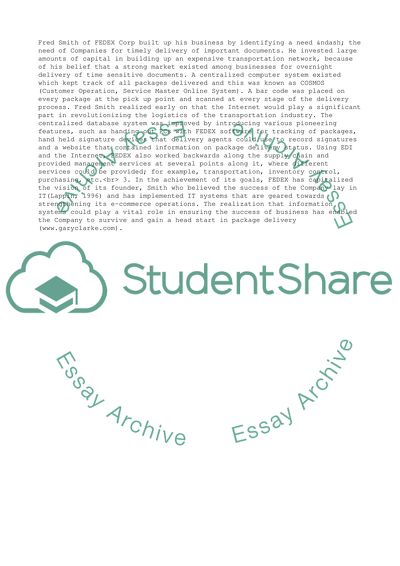Cite this document
(“Structural Transformation through E-business Essay”, n.d.)
Structural Transformation through E-business Essay. Retrieved from https://studentshare.org/business/1561831-fedex-corporation-structural-transformation-through-e-business
Structural Transformation through E-business Essay. Retrieved from https://studentshare.org/business/1561831-fedex-corporation-structural-transformation-through-e-business
(Structural Transformation through E-Business Essay)
Structural Transformation through E-Business Essay. https://studentshare.org/business/1561831-fedex-corporation-structural-transformation-through-e-business.
Structural Transformation through E-Business Essay. https://studentshare.org/business/1561831-fedex-corporation-structural-transformation-through-e-business.
“Structural Transformation through E-Business Essay”, n.d. https://studentshare.org/business/1561831-fedex-corporation-structural-transformation-through-e-business.


